
Uttar Pradesh
Area: 294,413 square km
Capital: Lucknow
Main language: Hindi
is one of the great historical and religious centres of India. The Ganges River, which forms the backbone of Uttar Pradesh, is the holy river of Hinduism. Geographically and socially the state varies greatly. Most of it consists of the vast Ganges plain, an area of awsome flatness which suffers dramatic floods during the monsoon. The people of this region are predominantly backward farming peasants who scratch a bare existence from the overcrowded land. The north-west corner of the state is a part of the Himalaya, with beautiful scenery and some of India`s highest mountains.



Varanasi, the "eternal city" is one of the most important pilgrimage sites in India. Situated on the banks of the sacred Ganges, Varanasi has been a centre of learning and civilisation for over 2000 years. Varanasi`s principal attraction is the long string of bathing ghats which line the west bank of the Ganges. Ghats are the steps which lead down to the river where pilgrims make their soul-cleansing dip in the river and where, at the two "burning ghats", bodies are cremated. The best time to visit the ghats is at dawn when pilgrims take their early morning dip-the city is coming alive, the light is magical and Varanasi is an exotic Place.

Delhi, is the capital of India and its third largest city. The city actually consists of two parts. Delhi or "old" Delhi was the capital of Muslim India between the 12th and 19th centuries. In old Delhi are many mosques, monuments and forts relating to India`s Muslim history. The other Delhi is New Delhi, the imperial city created as a capital of India by the British. It is a spacious, open city and contains many embassies and goverment buildings.
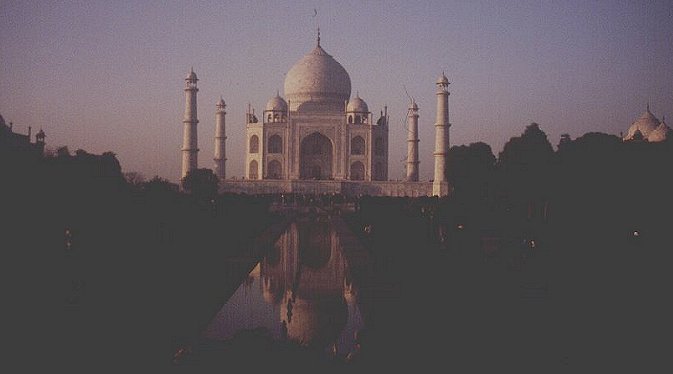
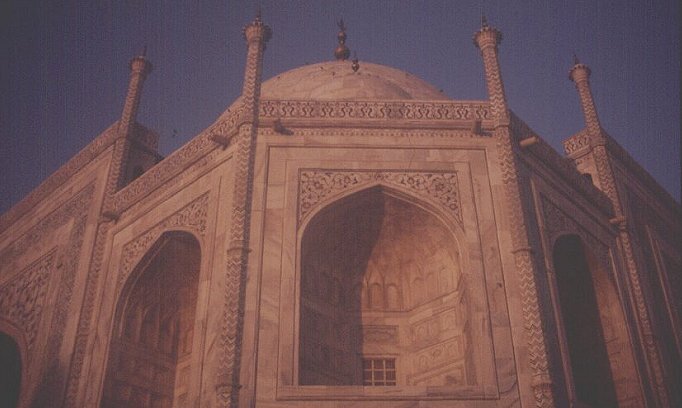
Taj Mahal, this most famous Moghul monument was constructed by Emperor Shah Jahan in memory of his wife Mumtaz Mahal, the "lady of the Taj". It has been described as the most extravagant monument ever built for love, for the emperor was heartbroken when Mumtaz, to whom he had been married for 17 years, died in 1629 in childbirth, after producing 14 children.The Taj Mahal stands on a raised marble platform with tall white minarets at each corner of the platform. The central structure has four four small domes surrounding the huge, bulbous, central dome. The tombs of Mumtaz Mahal and Shah Jahan are in a basement room. Light is admitted into the central chamber by finely cut marble screens. The echo in this high chamber, under the soaring marble dome, is superb. Although the Taj is amazingly graceful from almost every angle, it`s the close-up detail which is really astounding. Semiprecious stones are inlaid into the marble in beautiful patterns and with superb craft in a process known as pietra dura. The precision and care which went into Taj Mahal`s design and construction is just as impressive whether you view it from across the river or from arm`s length.
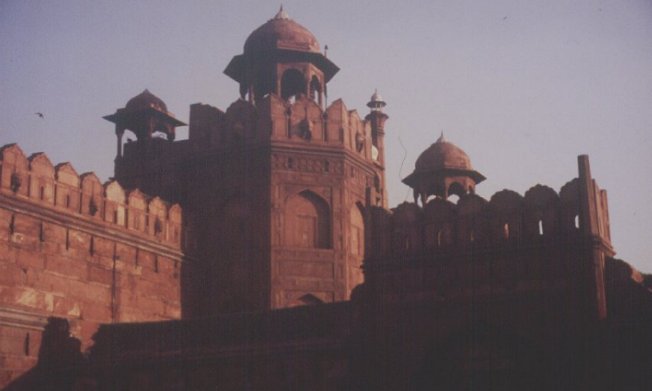
Red Fort, construction of the massive Agra Fort was begun by Emperor Akbar in 1565, and additions were made until the time of his grandsone, Shah Jahan. While in Akbar`s time the fort was principally a military structure, by Shah Jahan`s time the fort had become partially a palace.
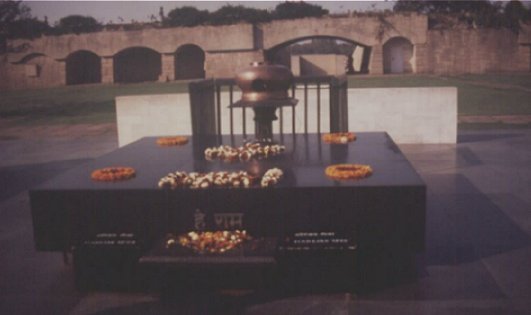
Mahatma Ghandi
Maharashtra
Area: 307,762 square km
Capital: Bombay
Main language: Marathi
the state of Maharashtra is one of the largest in India, both in terms of population and in area.
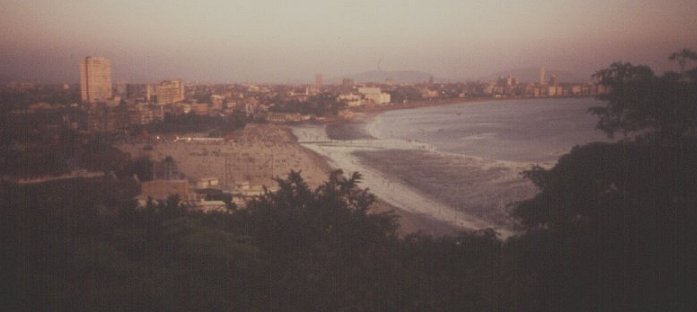
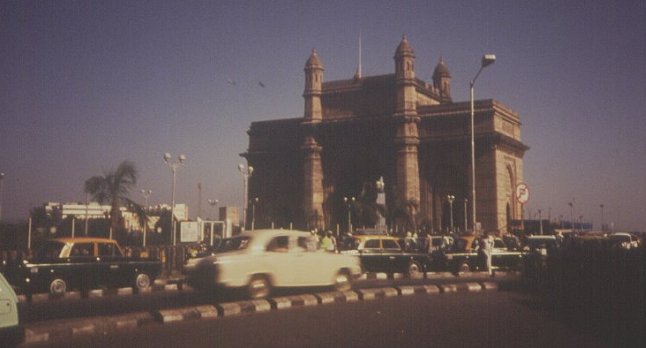
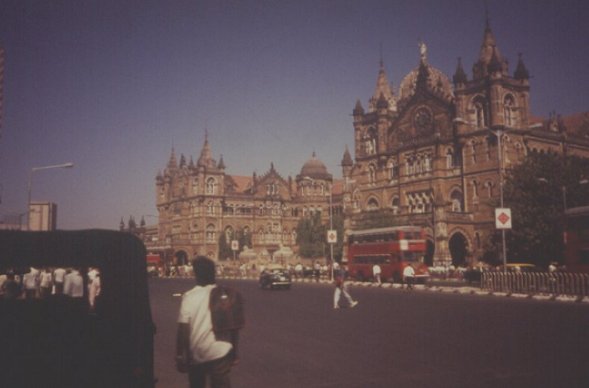
Bombay, is an island connected by bridges to the mainland, it`s the economic powerhouse of India. During this century Bombay has further extended its position as the major commercial, industrial, financial and trading centre of India. Its role as an economic magnet, the Indian city with streets paved with gold, has also contributed to enormous problems and overcrowding. It has become a city bloated by uncontrolled transmigration.

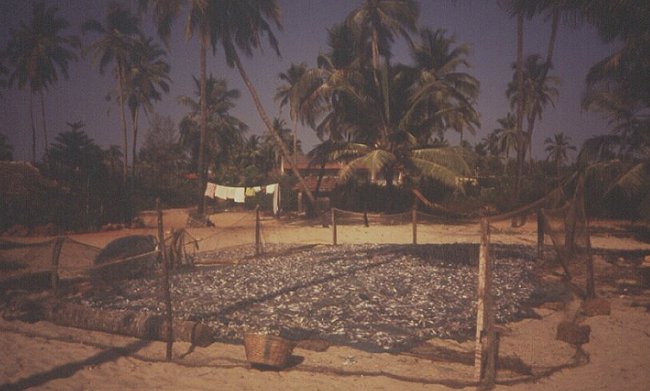
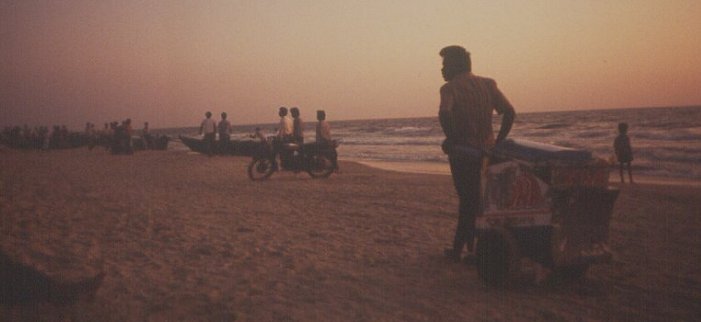
Goa, the former Portuguese enclave of Goa, one of India`s gems has magnificent palm-fringed beaches. Yet it offers much more than sun, sand and sea. Goa has a character quite distinct from the rest of India. Despite nearly 3 decades of "liberation" from Portuguese colonial rule, Roman Catholicism remains the predominant religion. The people display an easygoing tropical indulgence, humour and civility. Gleaming whitewashed churches with Portuguese-style, rice paddies and dense coconut palm groves.
West Bengal
Area: 87,853 square km
Capital: Calcutta
Main language: Bengali
at the time of partition Bengal was split into East and West Bengal. East Bengal became the eastern wing of Pakistan and later, with the disintegration of that country, Bangladesh. West Bengal became a state of India with its largest city Calcutta, the capital. The state is long and narrow, running from the delta of the Ganges River system at the Bay of Bengal in the south to the hights of the Himalaya at Darjeeling in the north.
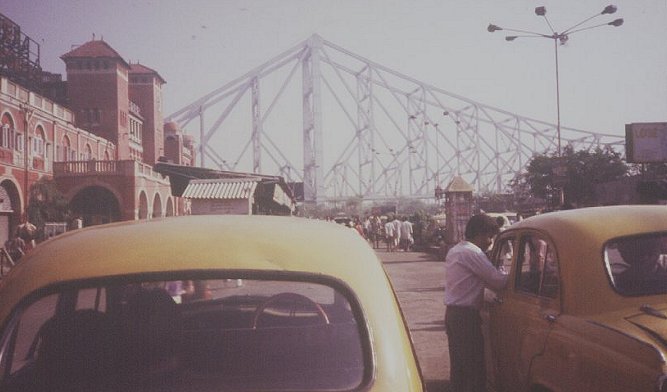
Howrah Bridge
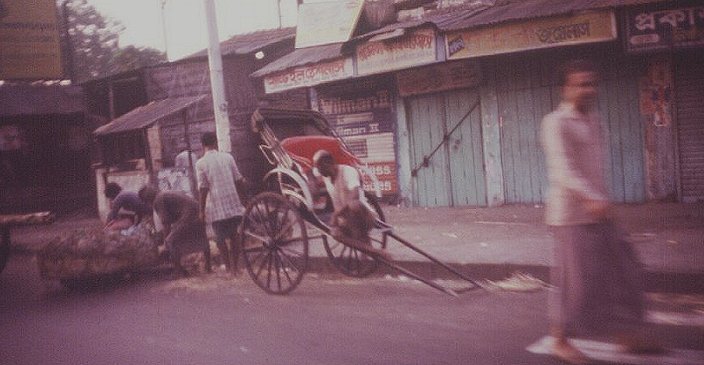
Calcutta, sprawls north-south along the east bank of the Hooghly River, which devides it from Howrah on the west bank. Calcutta isn`t an ancient city - in fact , it`s largely a British creation which dates back only some 300 years and was the capital of British India until the beginning of this century.The massive influx of refugees, combined with India`s own post-war population explotion, led to Calcutta becoming an international urban horror story. The work of Mother Teresa`s Calcutta mission also focused worldwide attention on Calcutta`s festering problems. Despite all this problems Calcutta is a city with a soul. The Bengalis humour is renowned throughout India and they are the poets and artists of India. Calcutta has places of sheer magic: flower sellers beside the misty, ethereal Hooghly River, the arrogant bulk of the Victoria Memorial, the superb collection of archaeological treasures....
